India has signed a protocol amending the Double Taxation Avoidance Agreement (DTAA) with Mauritius to plug treaty abuse for tax evasion or avoidance.
A Double Taxation Avoidance Agreement (DTAA) is a pact signed by two nations that encourages capital investment, trade in goods and services, and other economic activities between the two nations by preventing International Double Taxation.
What is Double Taxation?
|
|---|
The recent amendment India Mauritius Tax Treatyreflects India’s intent to align with global efforts against treaty abuse, particularly under the BEPS framework.
| Must Read | |
| NCERT Notes For UPSC | UPSC Daily Current Affairs |
| UPSC Blogs | UPSC Daily Editorials |
| Daily Current Affairs Quiz | Daily Main Answer Writing |
| UPSC Mains Previous Year Papers | UPSC Test Series 2024 |
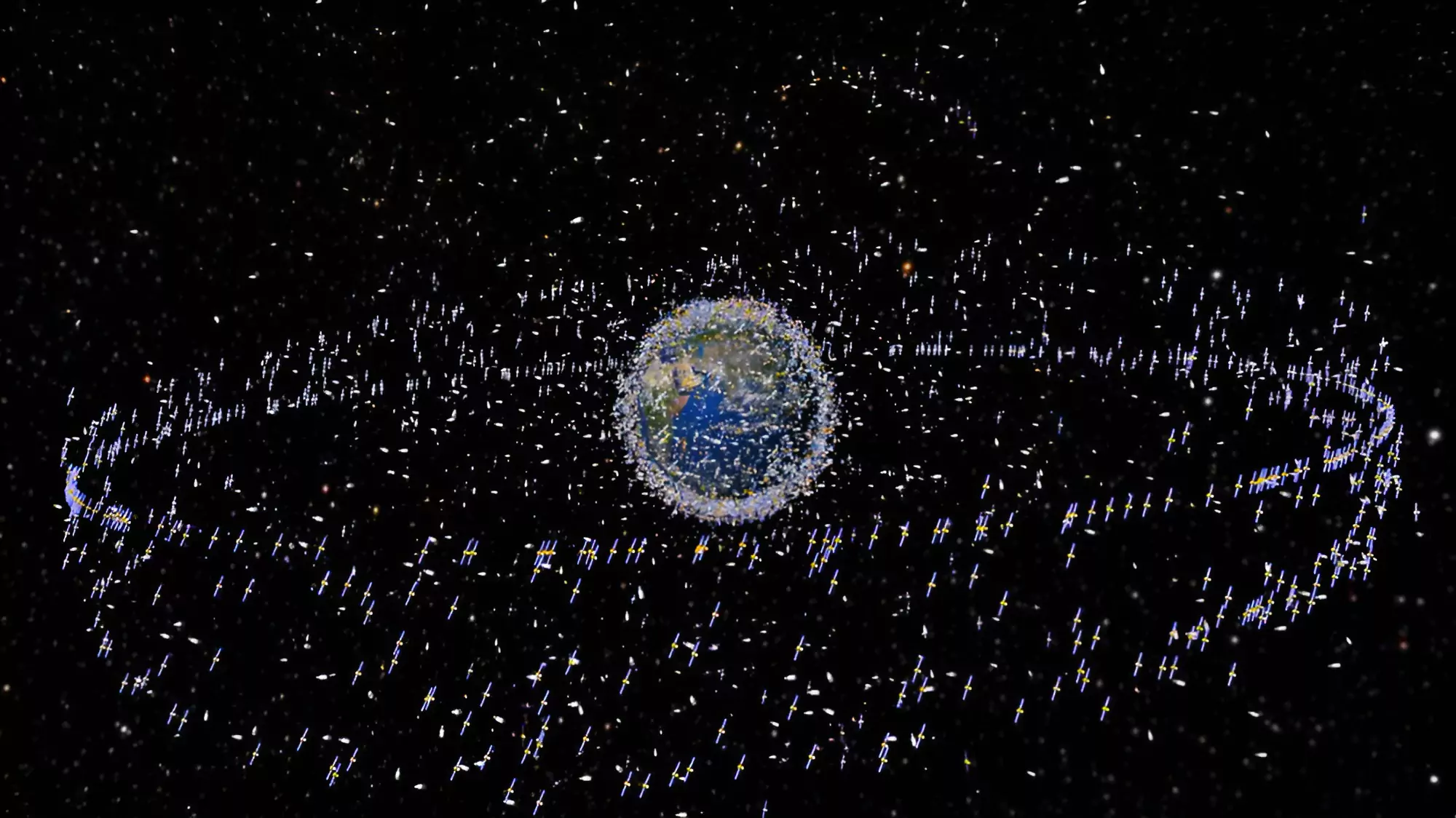
Recently, Indian Space Research Organisation (ISRO) attained a significant milestone in space debris reduction, stating that its PSLV-C58/XPoSat mission left Zero debris in Earth’s orbit.
| Must Read | |
| NCERT Notes For UPSC | UPSC Daily Current Affairs |
| UPSC Blogs | UPSC Daily Editorials |
| Daily Current Affairs Quiz | Daily Main Answer Writing |
| UPSC Mains Previous Year Papers | UPSC Test Series 2024 |
Global Trade Body ‘WTO’ in its recently released Bi-annual report “Global Trade Outlook and Statistics” says global trade will pick up in 2024 but downward risks remain.
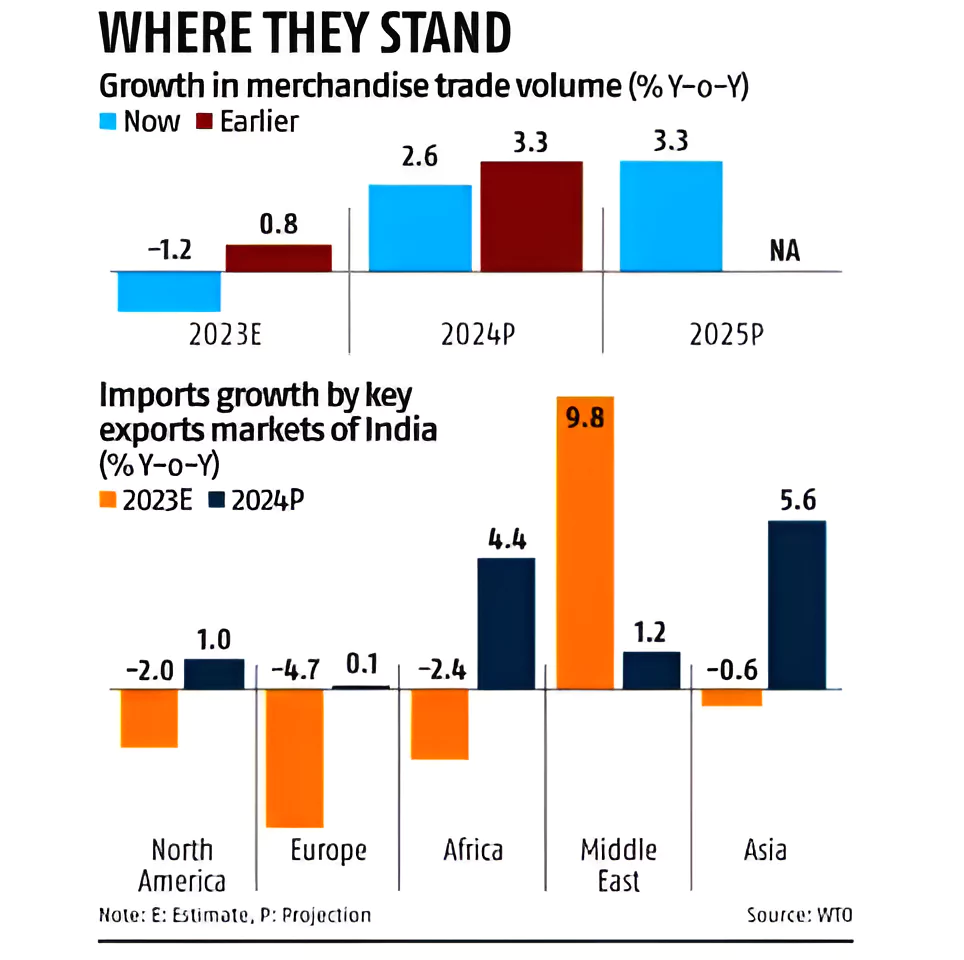
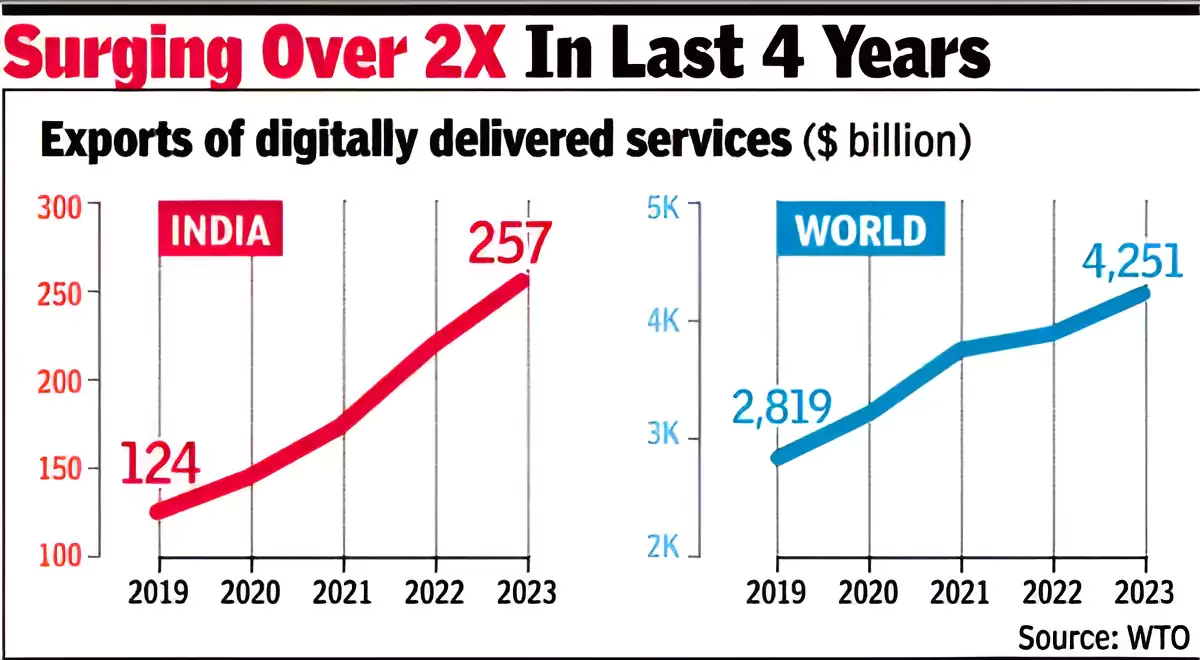 Digitally Delivered Services:
Digitally Delivered Services:
Digitally Delivered Services:
|
|---|
| Must Read | |
| NCERT Notes For UPSC | UPSC Daily Current Affairs |
| UPSC Blogs | UPSC Daily Editorials |
| Daily Current Affairs Quiz | Daily Main Answer Writing |
| UPSC Mains Previous Year Papers | UPSC Test Series 2024 |
The Adjudicating Authority under the Prevention of Money Laundering Act, 2002 (PMLA) confirmed the attachment of assets worth Rs 751.9 crore belonging to a political party-promoted National Herald newspaper.
The Directorate of Enforcement
|
|---|
| Must Read | |
| NCERT Notes For UPSC | UPSC Daily Current Affairs |
| UPSC Blogs | UPSC Daily Editorials |
| Daily Current Affairs Quiz | Daily Main Answer Writing |
| UPSC Mains Previous Year Papers | UPSC Test Series 2024 |
The Indian Institute of Technology Bombay (IIT-B) has taken initiative to create patient-centric cancer therapy in India. Their focus is on developing accessible CAR-T cell therapy.
 Each CAR stretches across the cell membrane, with parts outside and inside the cell.
Each CAR stretches across the cell membrane, with parts outside and inside the cell.
It is mainly used for certain types of blood cancers:
| Must Read | |
| NCERT Notes For UPSC | UPSC Daily Current Affairs |
| UPSC Blogs | UPSC Daily Editorials |
| Daily Current Affairs Quiz | Daily Main Answer Writing |
| UPSC Mains Previous Year Papers | UPSC Test Series 2024 |
India has been elected to several key bodies at the United Nations.
United Nations Economic and Social Council (ECOSOC)
|
|---|
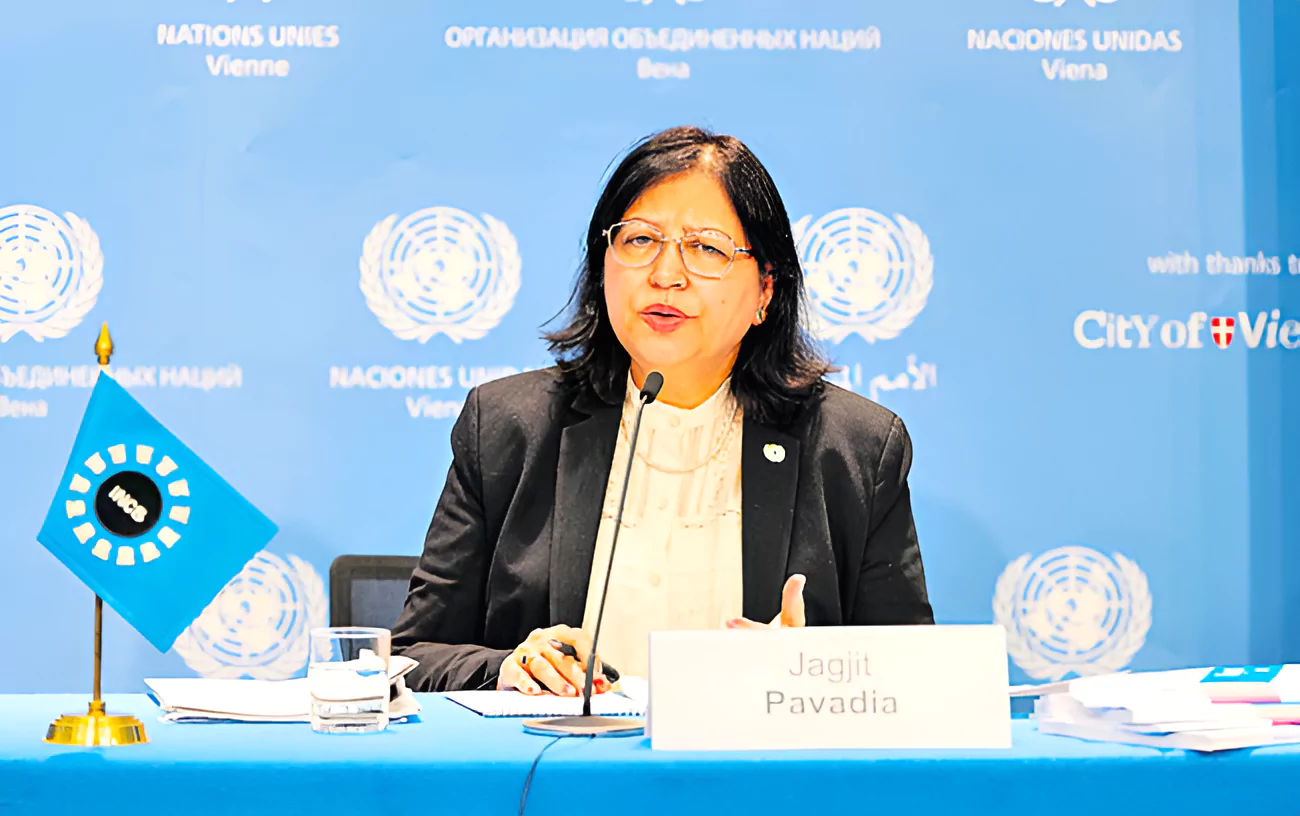
Jagjit Pavadia was re-elected for a third term to the International Narcotics Control Board (INCB) after garnering the highest number of votes from March 2025-2030.
Elections by Acclamation:
Quasi-judicial bodies:
|
|---|
|
|---|
| Must Read | |
| NCERT Notes For UPSC | UPSC Daily Current Affairs |
| UPSC Blogs | UPSC Daily Editorials |
| Daily Current Affairs Quiz | Daily Main Answer Writing |
| UPSC Mains Previous Year Papers | UPSC Test Series 2024 |
The government has heightened security focus on the strategic Andaman and Nicobar Islands (ANI).
| Relevance For Prelims: Andaman and Nicobar Islands (ANI), The Challenge Of Maritime Security In The Global South, India And Israel Discussed Maritime Safety & Security, Maritime Piracy, Safeguarding India’s Maritime Interests, Exploration Rights In Indian Ocean, 7th Indian Ocean Conference 2024, Indian Ocean Rim Association (IORA), and India’s Response To China’s Naval Expansion
Relevance For Mains: Andaman and Nicobar Islands key to Indo-Pacific Security- Reasons. |
|---|
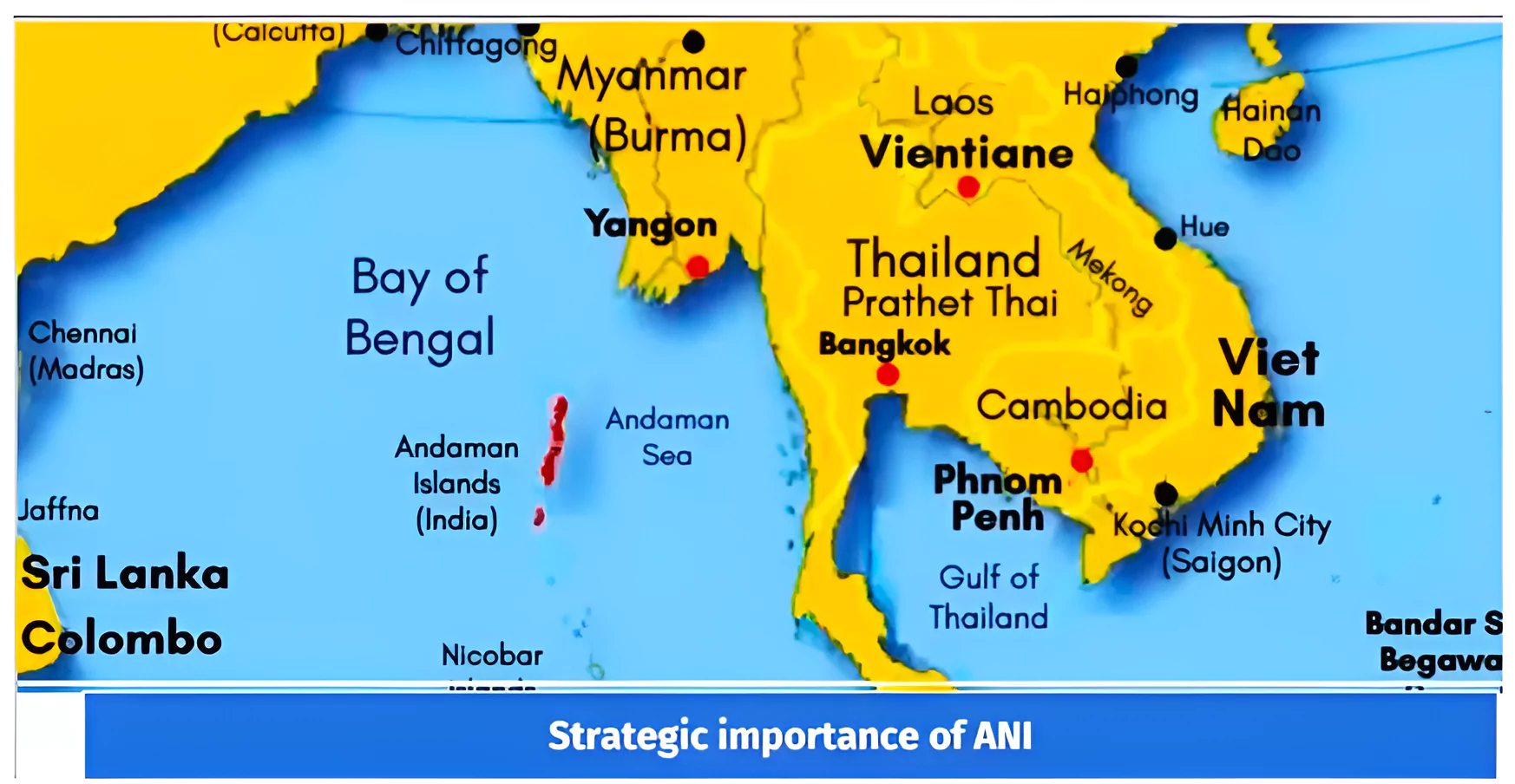
What is the Indo-Pacific Region?
|
|---|
Lakshadweep Islands
Significance:
|
|---|
As the Indo-Pacific region gains increasing significance and concerns regarding China’s assertive behaviour increase, the international community is uniting to collaborate and ensure the safe conduct of trade in this area. The ANI, therefore, will help India to occupy centre stage in the Global maritime strategy in the years to come.
| Prelims PYQ (2014):
Which one of the following pairs of islands is separated from each other by the ‘Ten Degree Channel’? (a) Andman and Nicobar Islands (b) Nicobar and Sumatra (c) Maldives and Lakshadweep (d) Sumatra and Java Ans: (a) |
|---|
| Must Read | |
| NCERT Notes For UPSC | UPSC Daily Current Affairs |
| UPSC Blogs | UPSC Daily Editorials |
| Daily Current Affairs Quiz | Daily Main Answer Writing |
| UPSC Mains Previous Year Papers | UPSC Test Series 2024 |
A study by researchers at Hyderabad, revealed that around 70-80% of people who visit an eye hospital can benefit from teleconsultations, because the severity of their problems did not need attention at a hospital.
| Relevance For Prelims: Telemedicine in India, Digital Health Adoption In India, Global Initiative On Digital Health (GIDH), National Digital Health Mission, Digital Health Adoption In India, Role Of Artificial Intelligence In, and Healthcare, SARAH: A Digital Health Promoter Prototype
Relevance For Mains: Telemedicine in India: Evolution, Key Elements, Benefits, Challenges, and Way Forward. |
|---|
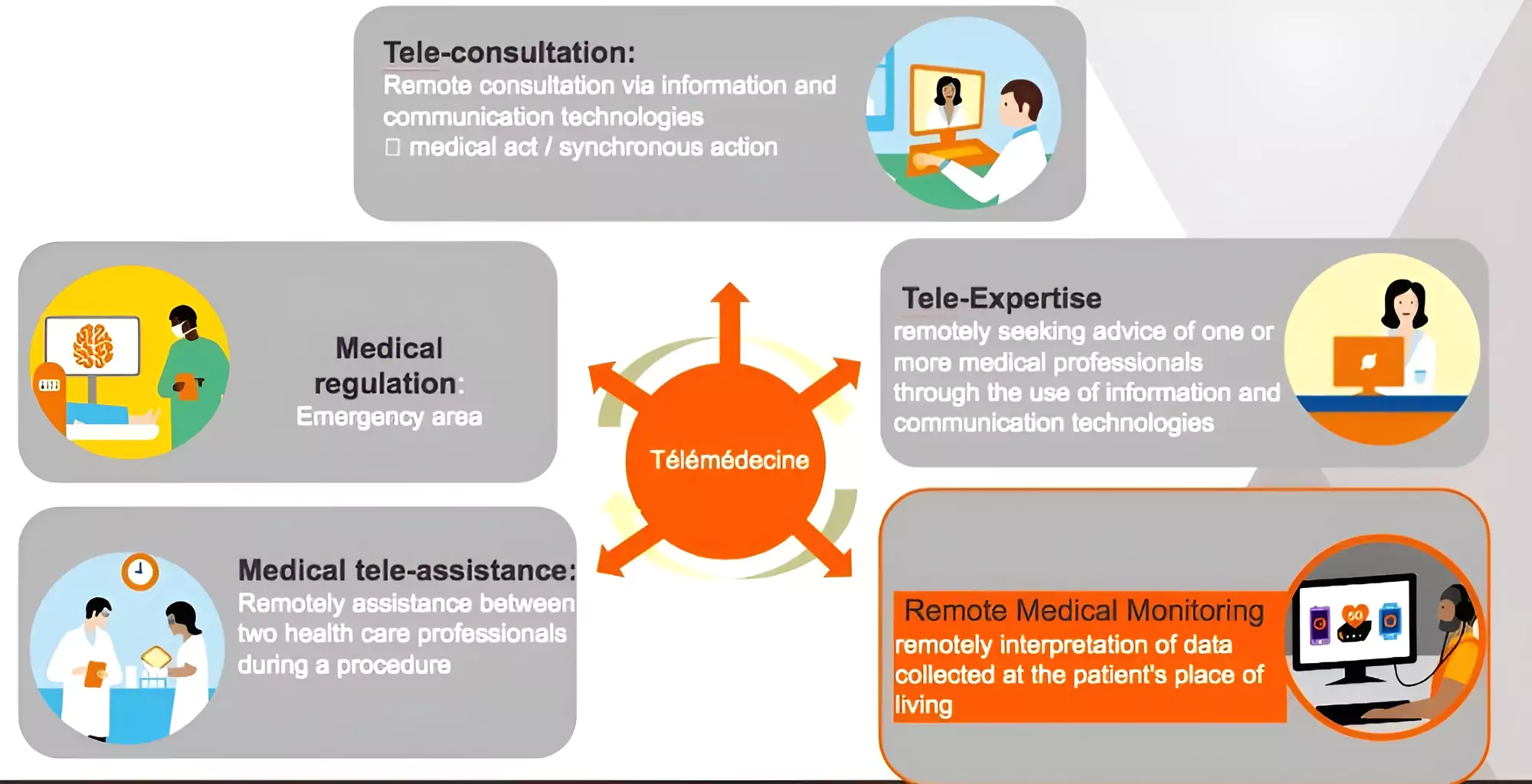
Case Study
|
|---|
| E-health is an emerging field in the intersection of medical informatics, public health and business, referring to health services and information delivered or enhanced through the Internet and related technologies. |
|---|
| China: It has three major telemedicine networks which connect smaller hospitals and clinics in underdeveloped areas with large hospitals.
Mongolia: Nomadic culture of Mongolia results in higher maternal mortality rates. Telemedicine addresses the issue through providing effective maternity services. Pakistan: Sehat Kahani ( “Story of Health”) initiative empowers female doctors, who are unable to leave their homes to practice and also makes healthcare accessible to rural areas via telemedicine. |
|---|
Telemedicine can revolutionize the health industry and paves the way for Universal Health Coverage if the loopholes are effectively plugged.
| Prelims PYQ (2023):
Consider the following statements: Statement-I: India’s public sector health care system largely focuses on curative care with limited preventive, promotive and rehabilitative care. Statement-II: Under India’s decentralized approach to health care delivery, the States are primarily responsible for organizing health services. Which one of the following is correct in respect of the above statements? (a) Both Statement-I and Statement-II are correct and StatementII is the correct explanation for Statement-I (b) Both Statement-I and Statement-II are correct and StatementII is not the correct explanation for Statement-I (c) Statement-I is correct but StatementII is incorrect (d) Statement-I is incorrect but Statement-II is correct Ans: (b) |
|---|
| Must Read | |
| NCERT Notes For UPSC | UPSC Daily Current Affairs |
| UPSC Blogs | UPSC Daily Editorials |
| Daily Current Affairs Quiz | Daily Main Answer Writing |
| UPSC Mains Previous Year Papers | UPSC Test Series 2024 |
In recent years, the urgency of addressing climate change has become increasingly evident, propelling nations worldwide to commit to ambitious clean energy targets. Among these nations, India has emerged as a pioneer in sustainable development and climate action.
| Relevance For Prelims: Climate Change, Climate Change & Mitigation Strategies, The Impact Of Climate Change On Health, Unjust Climate Report, UN Climate Summit 2023 or COP28, Loss and Damage” Fund for Vulnerable Countries, NDC Synthesis Report For 2023, and Avaana Sustainability Fund (ASF).
Relevance For Mains: Analysing India’s Climate Policy: A Framework for Climate Change Mitigation: Origin, Statute, Vision, and India’s Initiatives and Actions Towards Climate Change Mitigation. |
|---|
Here are the some key determinants of India’s Climate Policy;
Geography |
|
Population |
|
Impacts |
|
Worldview |
|
Actions |
|
Despite having historical cumulative emissions of less than 4% (1850-2019) and 1.9 tonnes of CO2 per capita emissions, India took many domestic and international actions to benefit the planet.
India recognises that development and environment are two sides of the same coin and must be considered together for holistic development. To solve a global problem like climate change, the world needs to believe in the age-old Indian ethos of ‘Vasudhaiva Kutumbakam’—One Earth, One World, and One Future.
| Prelims PYQ (2023):
Consider the following statements: Statement-I: Carbon markets are likely to be one of the most widespread tools in the fight against climate change. Statement-II: Carbon markets transfer resources from the private sector to the State. Which one of the following is correct in respect of the above statements? (a) Both Statement-I and Statement-II are correct and StatementII is the correct explanation for Statement-I (b) Both Statement-I and Statement-II are correct and StatementII is not the correct explanation for Statement-I (c) Statement-I is correct but StatementII is incorrect (d) Statement-I is incorrect but Statement-II is correct. Ans: (a) |
|---|
| Mains Question: Clean energy is the order of the day. Describe briefly India’s changing policy towards climate change in various international fora in the context of geopolitics. |
|---|
| Must Read | |
| NCERT Notes For UPSC | UPSC Daily Current Affairs |
| UPSC Blogs | UPSC Daily Editorials |
| Daily Current Affairs Quiz | Daily Main Answer Writing |
| UPSC Mains Previous Year Papers | UPSC Test Series 2024 |
<div class="new-fform">
</div>